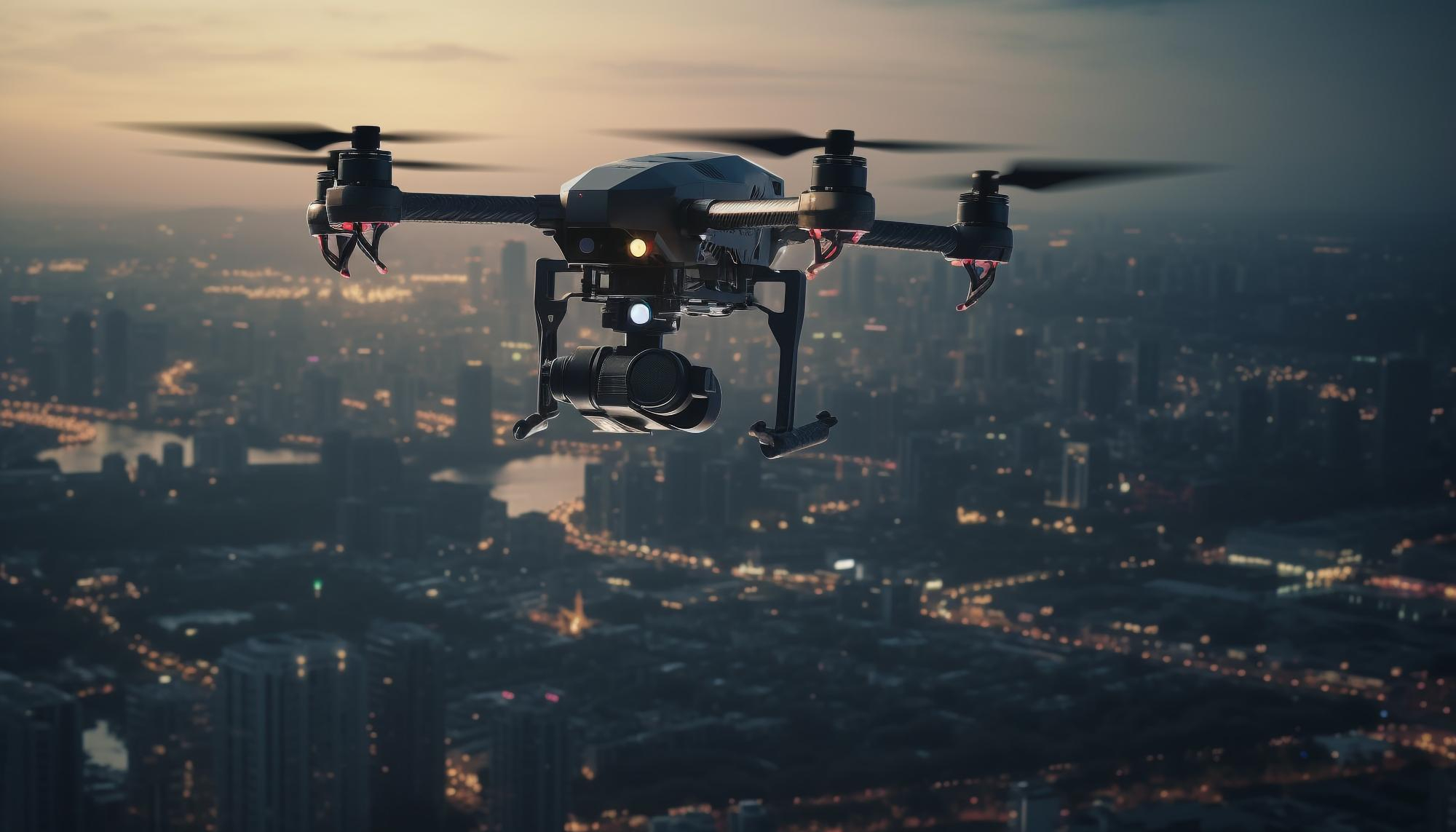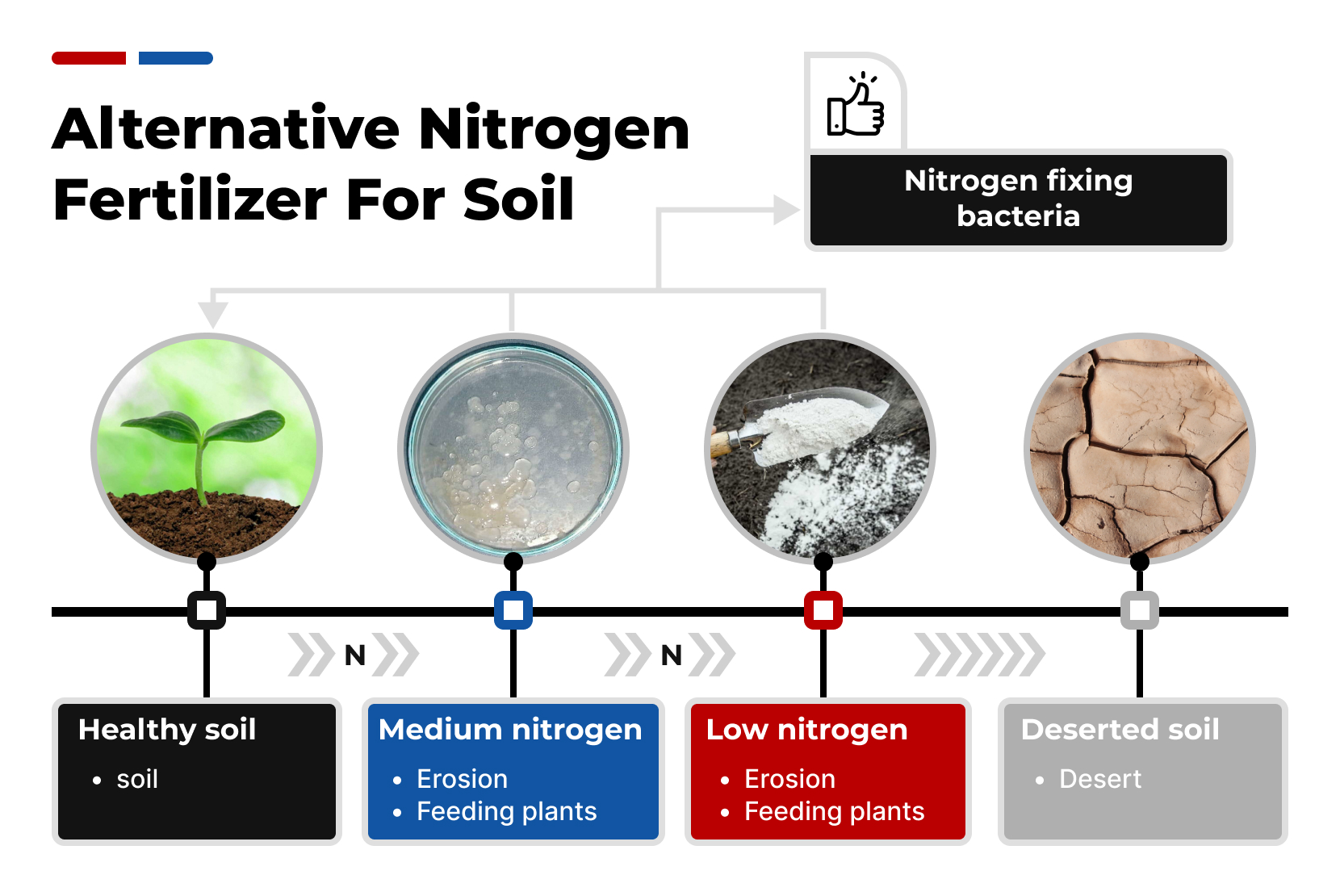Feedback form
UAV identification and localization
Description
TDOA (Time Difference Of Arrival), also known as multilateration, is a well-established technique for identifying and localizing unmanned aerial vehicles (UAVs). By using three or more receivers, TDOA algorithms can calculate the location of the UAV based on the differences in arrival times of the signal at each receiver. This technology allows for quick and accurate identification and localization of UAVs, which is important for security and safety purposes.Problem
Many people are wary and suspicious of drones. Drones are increasingly being used for a wide range of purposes, from photography to surveying and heat loss surveys. However, the flight of a drone over private property can raise legal and practical issues that need to be addressed. Businesses can become concerned about their privacy and security and there are general concerns about trespass, and safety. Drones, if not used responsibly, can be dangerous. Traditional method of the UAV detection system utilizes radar technologies. Those systems detect objects by emitting radio waves in short pulses. If this signal hits an object, it bounces back to the radar antenna. The radar then amplifies the reflected signal to find out how big the object is, and how fast it’s moving. Even if a traditional radar system can detect very small objects, most only tell you that an object is there, not what it is. Drone detection radars that can’t automatically classify whether an object is a bird or a drone could cause confusion and waste time.Solution
A cutting-edge drone detection suite uses TDOA (Time Difference of Arrival) to primarily detect when a UAV is operating in controlled airspace. TDOA works by calculating the time difference between the signal's arrival at various radio receivers. After the signal from the drone is received at the various receivers, it is triangulated using the speed of electromagnetic waves in the air to determine the emitter's location. This process utilizes hardware and software designed for detecting drones and gives the location information as output to the security team through an integrated or standalone gateway. The hardware used is a very high-frequency range-sensitive receiver with a very stable and precise clock, such as GPSDO (GPS Disciplined Oscillator). This precise clock source is used to synchronize the detectors and time stamp when they receive a specific signal for accurate detection and localization of UAVs, which is essential for security and safety purposes.Description
TDOA (Time Difference Of Arrival), also known as multilateration, is a well-established technique for identifying and localizing unmanned aerial vehicles (UAVs). By using three or more receivers, TDOA algorithms can calculate the location of the UAV based on the differences in arrival times of the signal at each receiver. This technology allows for quick and accurate identification and localization of UAVs, which is important for security and safety purposes.Problem
Many people are wary and suspicious of drones. Drones are increasingly being used for a wide range of purposes, from photography to surveying and heat loss surveys. However, the flight of a drone over private property can raise legal and practical issues that need to be addressed. Businesses can become concerned about their privacy and security and there are general concerns about trespass, and safety. Drones, if not used responsibly, can be dangerous. Traditional method of the UAV detection system utilizes radar technologies. Those systems detect objects by emitting radio waves in short pulses. If this signal hits an object, it bounces back to the radar antenna. The radar then amplifies the reflected signal to find out how big the object is, and how fast it’s moving. Even if a traditional radar system can detect very small objects, most only tell you that an object is there, not what it is. Drone detection radars that can’t automatically classify whether an object is a bird or a drone could cause confusion and waste time.Solution
A cutting-edge drone detection suite uses TDOA (Time Difference of Arrival) to primarily detect when a UAV is operating in controlled airspace. TDOA works by calculating the time difference between the signal's arrival at various radio receivers. After the signal from the drone is received at the various receivers, it is triangulated using the speed of electromagnetic waves in the air to determine the emitter's location. This process utilizes hardware and software designed for detecting drones and gives the location information as output to the security team through an integrated or standalone gateway. The hardware used is a very high-frequency range-sensitive receiver with a very stable and precise clock, such as GPSDO (GPS Disciplined Oscillator). This precise clock source is used to synchronize the detectors and time stamp when they receive a specific signal for accurate detection and localization of UAVs, which is essential for security and safety purposes.Financial Model
Time to launch the project: 6 months
Payback: 12 months
Interested in the project?
Geography
We have experience in working with clients in more than 20 countries: we understand how local legislation, mentality and experience influence technologies and innovation approaches
Our representations: Bahrain, China, Finland, Germany, Hong Kong, India, Indonesia, Italy, Kazakhstan, Malaysia, Singapore, South Korea, Switzerland, Thailand, Turkey, UAE, USA, Uzbekistan, Vietnam









